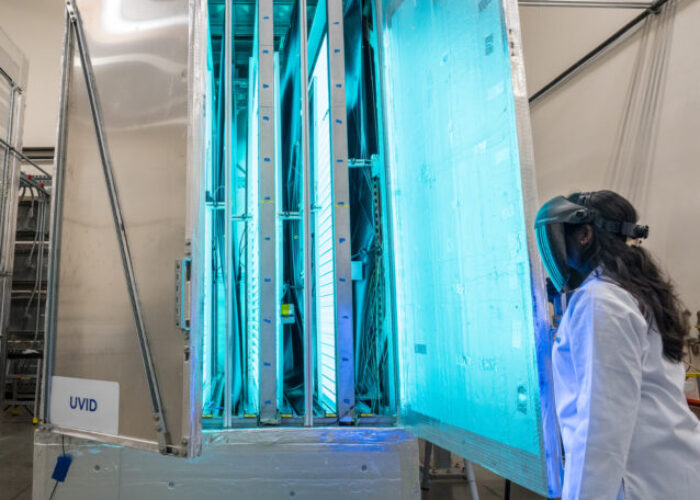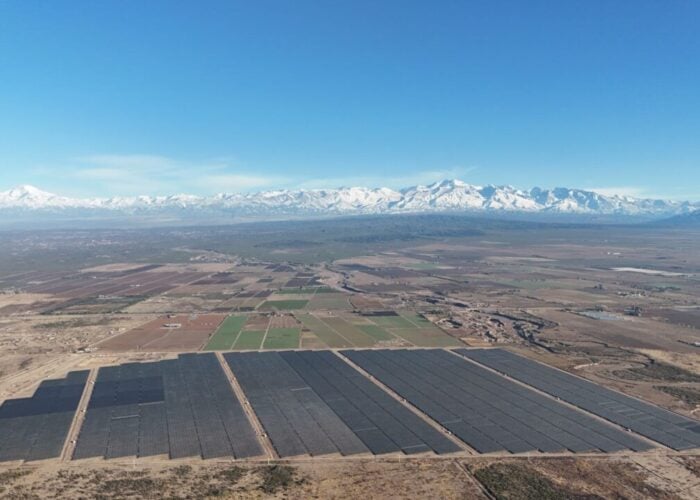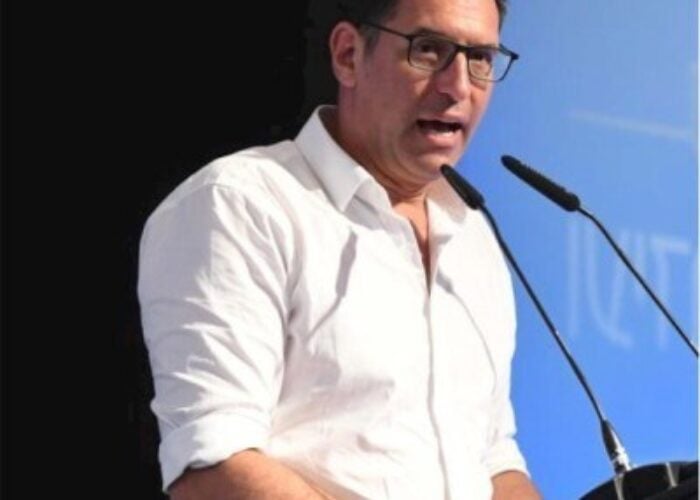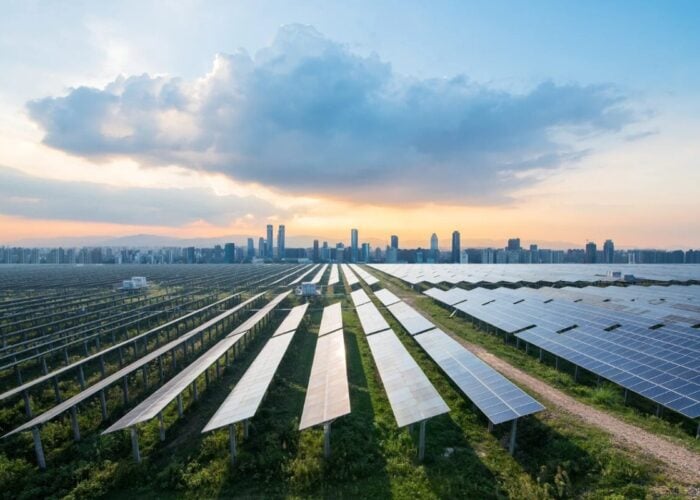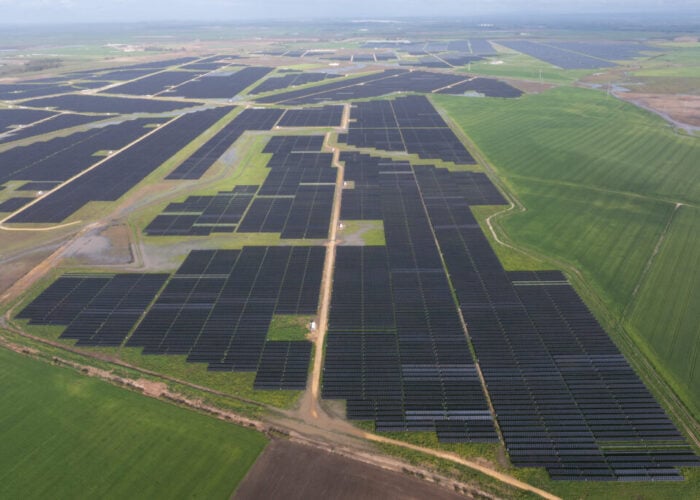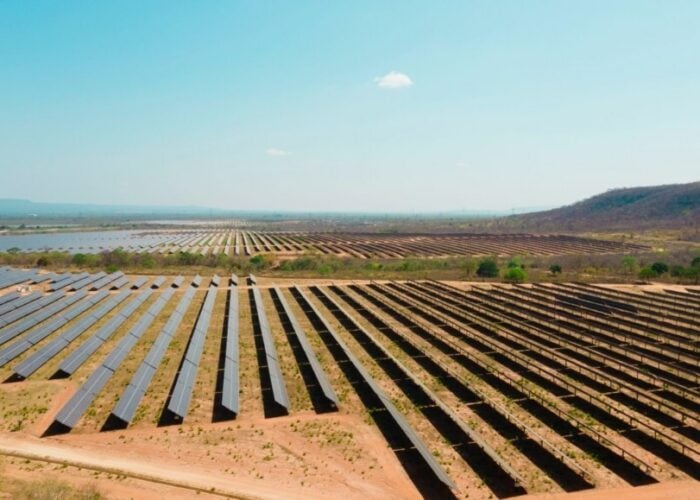Richard Weiner, a partner at the Law firm Sidley Austin, is representing the Chinese solar industry in the latest trade dispute in the US brought by SolarWorld. He tells PV Tech why he’s feeling confident and why he thinks the claim says more about SolarWorld
than it does about China’s manufacturers.
Try Premium for just $1
- Full premium access for the first month at only $1
- Converts to an annual rate after 30 days unless cancelled
- Cancel anytime during the trial period
Premium Benefits
- Expert industry analysis and interviews
- Digital access to PV Tech Power journal
- Exclusive event discounts
Or get the full Premium subscription right away
Or continue reading this article for free
PV Tech: What is the crux of SolarWorld argument?
Richard Weiner: This is the third attempt by SolarWorld to close markets that it operates in – the first being the US case in 2011, the second being the EU case that ran all of last year and now this is the third.
SolarWorld’s argument is that it is all about price, that imports from Taiwan and China are unfairly priced and that the imports from China benefit from improper government subsidises and are causing injury to SolarWorld.
In their view it is simply trying to close a loophole in the case that it won previously, which was on imports of cells from China whether or not assembled into modules. It argues there should be additional measures in place to limit importation into the US of remaining modules that come from China and cells and modules that come from Taiwan.
We had a hearing at the International Trade Commission (ITC) in January and their decision is expected on Valentine's day.
PV Tech: What happens next?
RW: As you can imagine we dispute that every step of the way. The issue over whether or not there is injury that is dealt with by the ITC and the issue over whether imports are dumped or have benefitted from subsidies is heard at the Commerce Department. There are four stages and we are in the first at both the ITC and the Commerce Department.
Our argument is that SolarWorld ignores the conditions of competition in the US, that Chinese and Taiwanese products are not traded unfairly and that when standardised by efficiency, there is no price difference between Chinese and Taiwanese products and those of SolarWorld. Most importantly is that the condition of competition in the US is defined by what the ITC calls “the impetus to grid parity”.
PV Tech: Can explain that point a little further?
RW: The utilities will switch to other technologies if they become cheaper than solar. It competes with conventional energy sources. Utility solar projects, which is now the majority of demand [in the US], can involve hundreds of thousands of panels. The utilities are agnostic though. If solar is not cheaper they won’t buy it. As far as they are concerned an electron is an electron.
Imports of fairly traded solar panels have expanded the US market. These are not sales that have been taken away from SolarWorld; they have grown the market. These are sales that SolarWorld could never capture.
SolarWorld has divided the market in a way that is nonsense. It bears no resemblance to reality. It pretends there is no competition between silicon and thin-film products, when thin-film is a substantial portion of the market and that’s the basic argument from the respondent side.
With incentives reduced, there was a need for the prices to fall. From our vantage, it ignores developments in the market place. It ignores the fact that it could never supply the whole US market. It ignores the technology developments particularly the emergence of fracking [which reduced the cost of gas]. It ignores that they haven’t moved to 72-cell modules, that it isn’t commercialising 1000V panels. It maintains that this is all about price.
PV Tech: What is their motivation then?
RW: It’s important to recognise that this is the third trade dispute they have initiated in three years. Look at the employment numbers, there are more than 140,000 jobs in the US solar industry and SolarWorld employs 700 people in the US. That gives you a sense of why most of the industry is out against them. People like our clients are of course against it.
Usually in these kind of disputes you have the foreign producers and the domestic producers and they just bark at each other. But here, even in the first hearing, we had many of the largest users of solar panels in the US, Solarcity, SunEdison, SunRun, Strata Solar, these huge users all came out saying SolarWorld was wrong about its view of the market. They said additional measures would severely harm not just the solar industry, but the whole notion of moving toward clean energy in the US.
PV Tech: Why does SolarWorld in particular launch these cases?
RW: It is looking to have the market to itself. Who wouldn’t want to be a monopoly supplier? It has a view of the industry that is inappropriate and which fails to recognise the already globalised nature of the sector.
The US had a trade surplus with China in the solar sector at the time of the first investigation. There are not many areas where that is the case. But SolarWorld’s view was that it could use the trade laws as a legalised form of protectionism to aid themselves to the detriment of the rest of the players in the sector. Sadly that is what it has done now for the third time in three years.
PV Tech: Much of the new case surrounds cells and particularly Taiwanese cells…
RW: The cell determines the origin [of the module], which makes sense because the cell determines the value of the module. The new case says the Chinese producers have exploited a loophole in the prior case by using cells from Taiwan. But the prior case was never on cells from Taiwan it was about cells from China, if they wanted to bring a case against cells from Taiwan they could have done that but they didn’t. It’s their own inadequacy that they now blame on us, on the Chinese side.
There is no loophole any more than there was an order on cells from Malaysia or Burkina Faso. The prior case was on cells from China. What they have now done is bring a case on modules and cells from China and Taiwan once again. But since cells determine the origin of modules then all modules from China are covered by the prior case and there are no products from China subject to the current investigation because a module from China means a module from China with a Chinese cell.
So what SolarWorld has done is develop a new rule for the solar industry that it calls the two out of three rule. It says that if a wafer comes from China and goes to Taiwan and is made into a cell there and then comes back to China and is made into a module in China, that product is Chinese, not withstanding the fact that the cell is Taiwanese. It is a Chinese module despite the cells being from Taiwan. It’s completely contrary to the rule of origin that exists in the solar industry. What they are trying to do is muddy the waters and make companies believe that if an ingot or a wafer comes from China then the module is Chinese. That has never been the rule.
Ultimately we think we will prevail because we think their rule of origin is impossible. It’s contrary to law, it can’t be administered. It is trying to shut the US market to all modules from China that aren’t under the prior order, all modules from Taiwan and any product made anywhere in the world that includes a Chinese wafer and was assembled in China.
PV Tech: Is there a feeling of frustration among your clients given that the EU case has only just been resolved?
RW: It is frustrating and don’t forget there is also a proceeding in India. There are a series of green energy policies in the US and these policies and the government policies that support them, the RPS and so on, those generated a huge demand for solar. Yet again though, we have a trade case which could limit supplies and is distracting. Look at the SEIA [Solar Energy Industries Association] reaction. They know what measures on the majority of solar panels would mean for their members. It’s frustrating to see SolarWorld, the petitioner in the US and EU case, now arguing that it’s worried about the threat of injury that will divert products from the EU to the US. During the EU case it said how great the US duties had been, that prices were stabilised and things were rosy in the US because of the 2011 duties.
PV Tech: Anything to add?
RW: From the point of view of government regulators, they should look not at what SolarWorld desires but what it has done. It has failed to provide state of the art technology, it failed to license the industry-standard racking, failed to move to 72-cell and 1000V panels. This is the industry standard. SolarWorld can’t meet it and it can’t compete. Why should the US government afford them another round of protection? It doesn’t make sense. SolarWorld should only feel frustrated if it thinks the market belongs to them.
It feels that it owns the US market. The US market has grown very dramatically across both sectors, utility [scale] is huge and so is residential. It has no hope of supplying the US market, it’s far too small.

